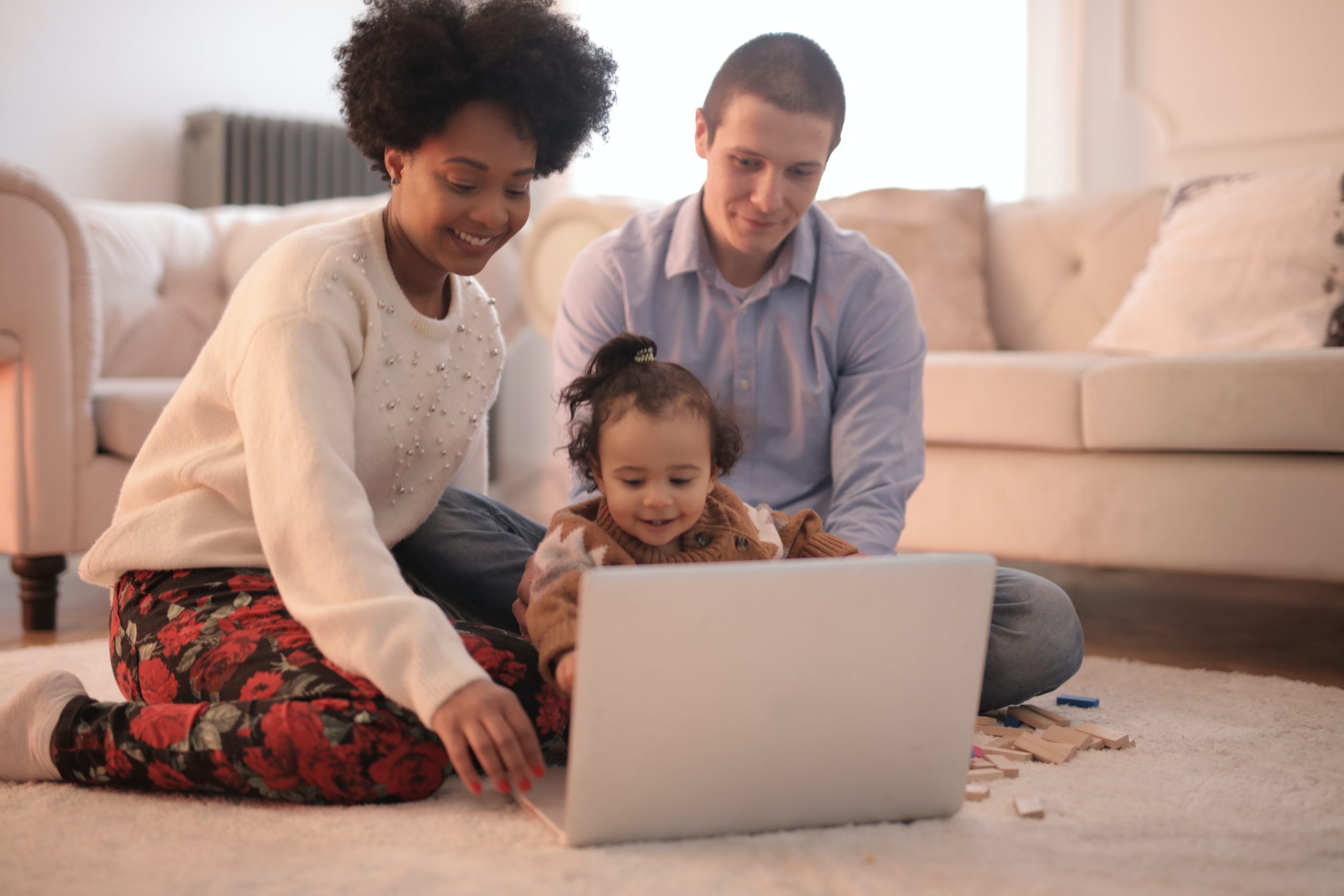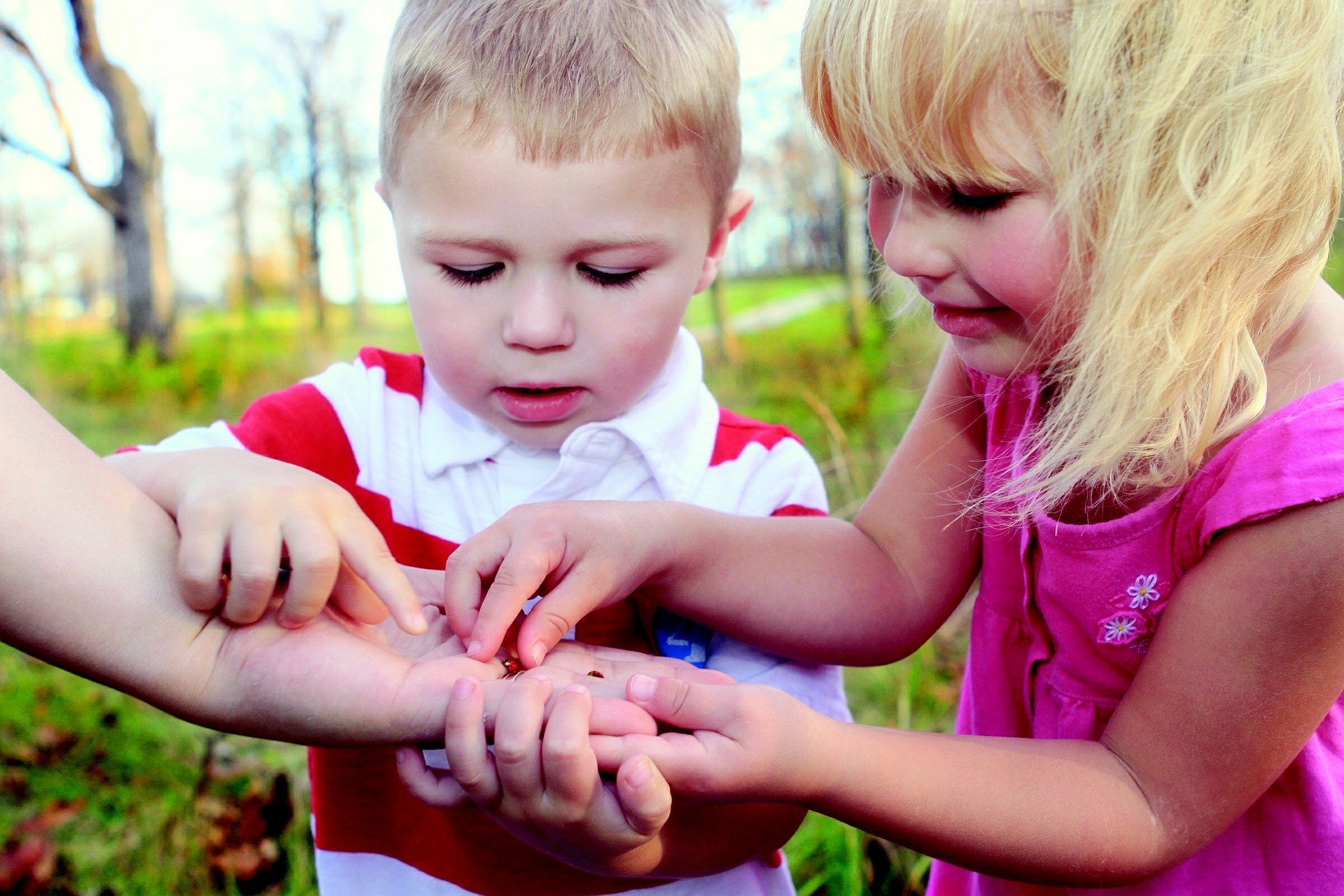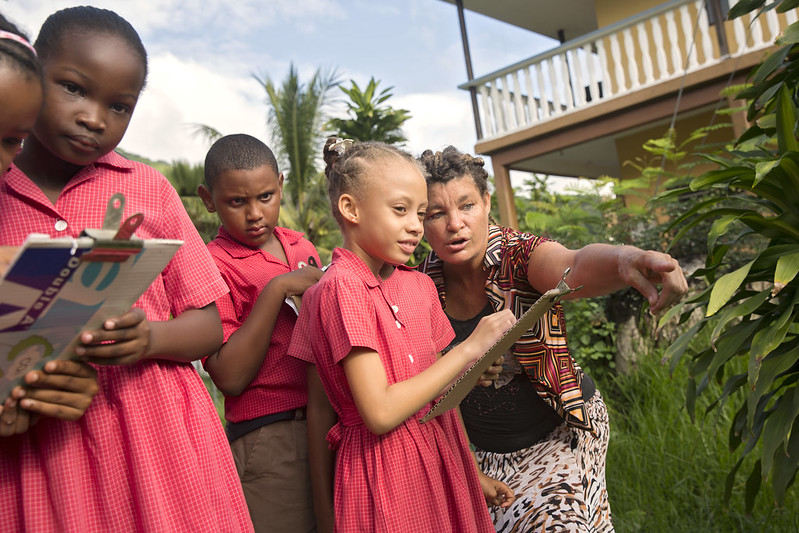5 tips for teaching kids how to save the planet
Teaching your kids about climate adaptation and change during the coronavirus lockdown can seem a daunting prospect. But it needn’t be
I t’s a few weeks into lockdown. You’ve already rewatched every episode of your kids’ favourite show and exhausted your meagre stock of high-school maths (not to mention the alcohol reserves). For parents homeschooling for the first time during the COVID-19 restrictions, teaching kids about climate change – and specifically the adaptive measures humanity must take to survive – may seem a daunting prospect. But it doesn’t need to be. Below are five tips for parents wishing to prepare their young pupils for the future in fun, stimulating and collaborative ways.
1. Talking is key
Climate change is such a vast, often gloomy subject that it can be hard to know how to broach it with adults, never mind kids. Educationalists stress that, above all, it’s important to provide a supportive and tolerant space for open discussion. According to social enterprise ThoughtBox – who have prepared a full, free curriculum on climate change for ages 5–18 – exploring our feelings is key when it comes to climate change, with emotional intelligence and communication skills among the key attributes humanity will need in order to face the challenges ahead. Strong human networks will stand a better chance of survival than weak ones, and we must promote a spirit of cooperation now.
The UN is offering a short, free training course for anyone teaching climate change for the first time – but you don’t have to know everything about the subject before you begin. The answers in this rapidly developing field are rarely straightforward, or set in stone. The chances are that your kids will already have heard about climate change. If so, let their questions guide you, and explore together the subjects that interest them. When it comes to providing answers, furnish yourself with the facts from credible sources. This is a good opportunity to educate yourself – not only them.

How young can you start? Photo by Andrea Piacquadio/ Pe xels
If your child is older, you might even consider debunking some common myths by exploring them in light of scientific understanding: coming at the truth in a discussion-based way is more likely to yield results. You are not telling your children what to think. You are empowering them to find their own solutions – the adaptive solutions our planet will one day need – and the best way you can do this is by making learning a collaborative process.
2. Take it slow
Before tackling climate change adaptation, you’ll likely need to cover climate change more broadly. NASA’s excellent Climate Kids website offers a multitude of child-friendly resources, enabling you to ‘meet the greenhouse gases’ or build an edible oceanic ecosystem. Stick to simple principles, and point out that adaptation has been going on for as long as human history – when the climate changes, we adapt. If it changes more quickly, we adapt more quickly.
A good first exercise might be to ask children to spot the differences between mitigation and adaptation measures. Reducing greenhouse gas emissions – mitigation or adaptation? How about building dykes to contain sea-level rises? Asking kids to differentiate between measures, or even come up with a few suggestions themselves, will help cover a broad sweep of human responses to climate change.
Be wary of overwhelm and keep lessons short, practical and age-appropriate. Floods or mass extinctions are unlikely to be suitable subjects for younger children. You want to avoid what the environmental educator David Sobel has called ‘ecophobia’: a sense of powerlessness children feel in the face of environmental catastrophe. It’s important for them to explore these ideas, but to do so in a safe, guided environment which offers solutions alongside problems, and encourages constructive action.
And what do you know! That’s our next tip…
3. Get active.
If homeschooling parents haven’t already realised (NB: they have), kids prefer being moving around. Getting practical allows your young charges to let off energy and absorb information better than they would learning by rote. So get your hands dirty. Perform experiments. Let your kids build things, break them down and draw their own conclusions.

Getting out and about. Image by Amanda McConnell/Pixabay
Use shrinkwrap over a bowl, with a thermometer, to demonstrate the greenhouse effect. Enlist a bath, sink or washing-up bowl to explain sea-level rises – perhaps with judicious use of a Lego city. Then bring in more blocks to show how dykes work. Try Earth Science Week’s experiment Are You a Water Waster?, which asks them to brush their teeth with the water running to show the waste when they don’t switch off the tap.
If you have a back garden, or if your lockdown restrictions allow you access to a park, get outside. Time in nature has been shown to boost the mental wellbeing of children and teenagers. Whether it’s in flower beds or on your windowsill, or even on your allotment, this is a great time to experiment with growing your own – and maybe sow a few conversational seeds about crop resilience, drought, soil erosion, carbon sequestration, food stores and supply chains. After discussing deforestation, plant a tree in your garden. Equally, you can grow vegetables from scraps inside the house – and have a valuable talk about food waste in the process.
Failing all that, there are seedballs: Masanobu Fukuoka’s guerilla gardening weapon is an inspiring act of creative destruction – and perfect for kids.
4. Make it relevant.
Climate change adaptation is a global process, but its applications are thoroughly local. Certain issues – whether drought, food insecurity, sea-level rises, extreme weather events or habitat loss – are going to have a more pressing impact depending on where you live.
If you’re in coastal Asia, Africa or South America or the Caribbean, teach kids about mangrove swamps, our secret climate weapon, which are super-sequesterers of carbon even as they protect farmland from storms and floods. If you’re in Australia, why not talk about water availability and recycling – perhaps recycling bathwater to irrigate the garden? If you’re in the US, the National Climate Assessment provides a handy breakdown of the likely impact of climate change on each region. You can use these projections to trim your focus down to knowledge and skills that are relevant to your community – and could benefit your child’s future career.

A Wildlife Club of 8-year-olds learn about mangroves in the Seychelles. Photo by UN Women/Ryan Brown
The most local of communities of all is your household. Get your kids to measure your family’s carbon footprint and work out how you could reduce it or adapt to straitened circumstances. Could you save electricity by turning off lights and appliances? Could the garden be used to grow food? How about using food waste as compost, or setting up a barrel to harvest rainwater, or repairing clothes rather than throwing them away? (You could even save yourself a bit of cash in the process!) If you’re in a region threatened by forest fires or flash floods, you could ask your children to contribute to an action plan for emergencies. If their interest extends in that direction, you could give them first aid training in how to treat heat stroke or administer CPR.
Then there’s the community around you. Now the perfect time to teach kids to become engaged citizens, writing letters to local MPs and newspapers. They can get creative with public awareness campaigns, designing posters for the window about the importance of using less water or turning off switches, or help you craft social media posts raising awareness of climate adaptation.
5. Lean on the resources – and don’t try to do too much
Given the scale of the subject, and the pressures of the pandemic, it’s important not to take too much on. Go slowly, and retreat to safer subjects if you need to. After all we’re in the midst of a global health emergency, and everybody – adults and kids alike – needs time to relax.
Meanwhile, if you’re flagging, there’s an avalanche of resources to help you out. Earth Science Week and National Geographic each offer a broad sweep of classroom activities for all ages. As already mentioned, NASA Climate Kids provides a host of videos, games and other resources. Don’t feel like a failure if you need to sit them in front of a film or a book either: ThoughtBox links to a host of resources to watch, read and listen to.
Introducing kids to activists their own age, meanwhile, can do the hard work for you: kids have been shown to model their behaviour on others their own age. Besides Greta Thunberg, there’s the Kids Can Save the Planet documentary series, Kids Against Plastic and Plant for the Planet, whose creator Felix Finkbeiner, a former teenage activist, is leading the charge to plant a trillion trees.
And when that’s all done, you can congratulate yourself on bringing humanity a few baby steps closer to a resilient future.
The ideas presented in this article aim to inspire adaptation action – they are the views of the author and do not necessarily reflect those of the Global Center on Adaptation.